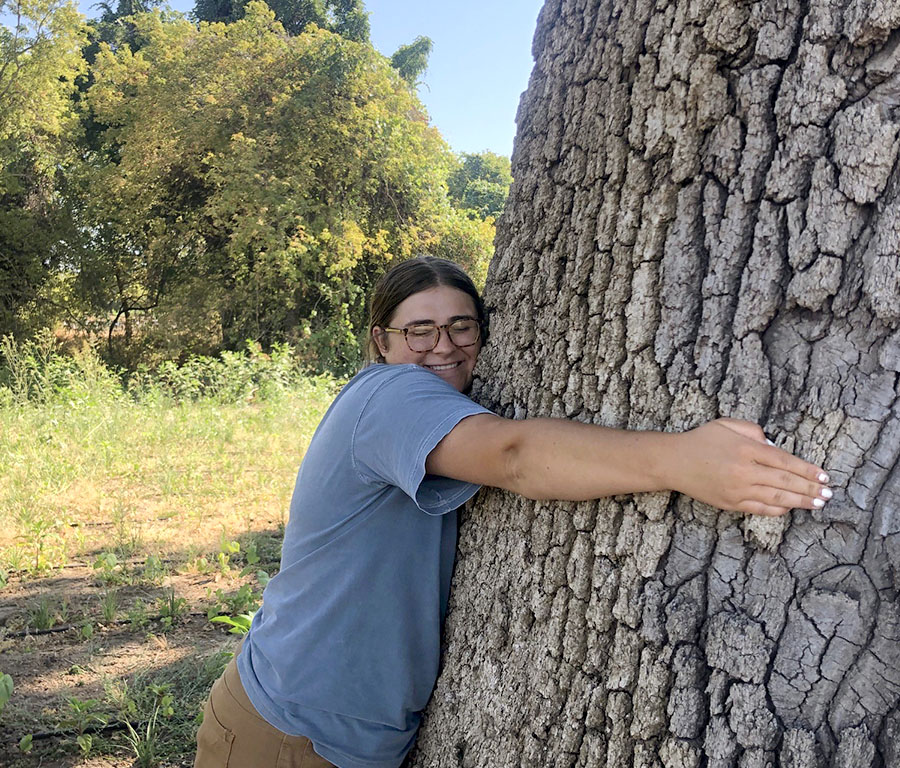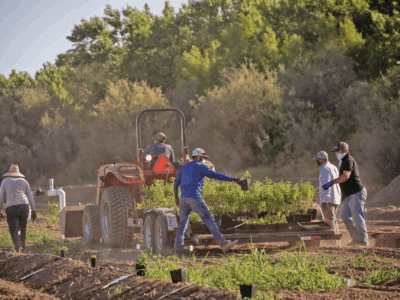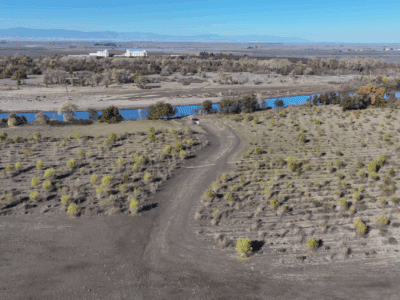
When Madi Pierce begins her final year at Cal Poly SLO, the Forestry and Natural Resources major will be well-prepared.
River Partners’s Chico office was an ideal home base for the Grass Valley native to work from—involved in projects as far north as Redding on down into Marysville, her personal project was focused on gravel bar restoration in the Oroville Wildlife Area.
“That’s a really rocky, dry, arid environment where I’m trying to establish native species like native grasses and other chaparral,” she said.
While Pierce said that these environments have not received a ton of attention from other restoration and environmental agencies, she notes that her summer internship has provided her the opportunity to work on these areas with such a forward-thinking company.
“River Partners has been at the forefront to start looking at gravel bars and why they’re important to restore,” she said. “They’re really important for connecting wildlife to habitats, and these dry, arid pieces of land have a purpose and we want to make sure we’re doing what we can to restore them to what they looked like before the river flooded and washed everything away.”
Within the several sites Pierce is working on up and down the Sacramento Valley, the range of ecology varies wildly—this is providing her with valuable experience in determining not only what is below the ground in the soil, but also the many different species that utilize these environments aboveground.
“Sometimes we’re working with these really sandy loamy soils that drain super quickly that some species do really well in and then some species don’t—sometimes we have these really rocky environments or we have heavy clay environments,” she said. “Knowing the difference helps us know which plants to plant and what attracts pollinator species and it’s great for different wildlife, like deer which like to graze on some of the plants.
And although Pierce has seen a wide range of ecology throughout the North State, the impact brought on by drought is widespread—and is dramatic year-to-year.
“What we’ve been seeing on some of the projects is that the old plant growth is one to one-and-a-half feet taller than the new growth, and a lot of that is because of the drought and they’re not getting enough water and it’s really stunting their growth,” she said. “Down the road if we start getting more water, they’ll start growing again. But that’s just hard to see when you put a lot of effort and time into a project, and then you’re just not getting the results that you expected.”
Despite challenges that are completely out of her control, Pierce remains undaunted and continues to be inspired in her work—and credits River Partners for providing her this remarkable opportunity, particularly selecting a personal research project.
“Not only are we learning alongside these people who have immense amounts of knowledge and love for environmental sciences, but we also get to pick something we’re passionate about that we hope can be beneficial to River Partners,” she said. “That’s one of the best parts about this internship for me, actually learning how to write scientific papers, putting together presentations, collecting and analyzing data which is all stuff we’re going to be able to use 100 percent in a future job, even if it’s not in the environmental sciences industry.”








